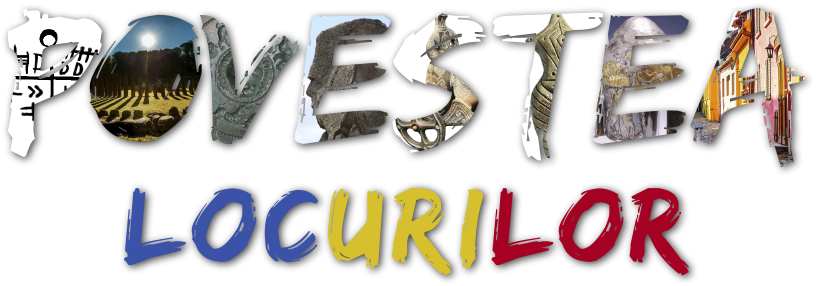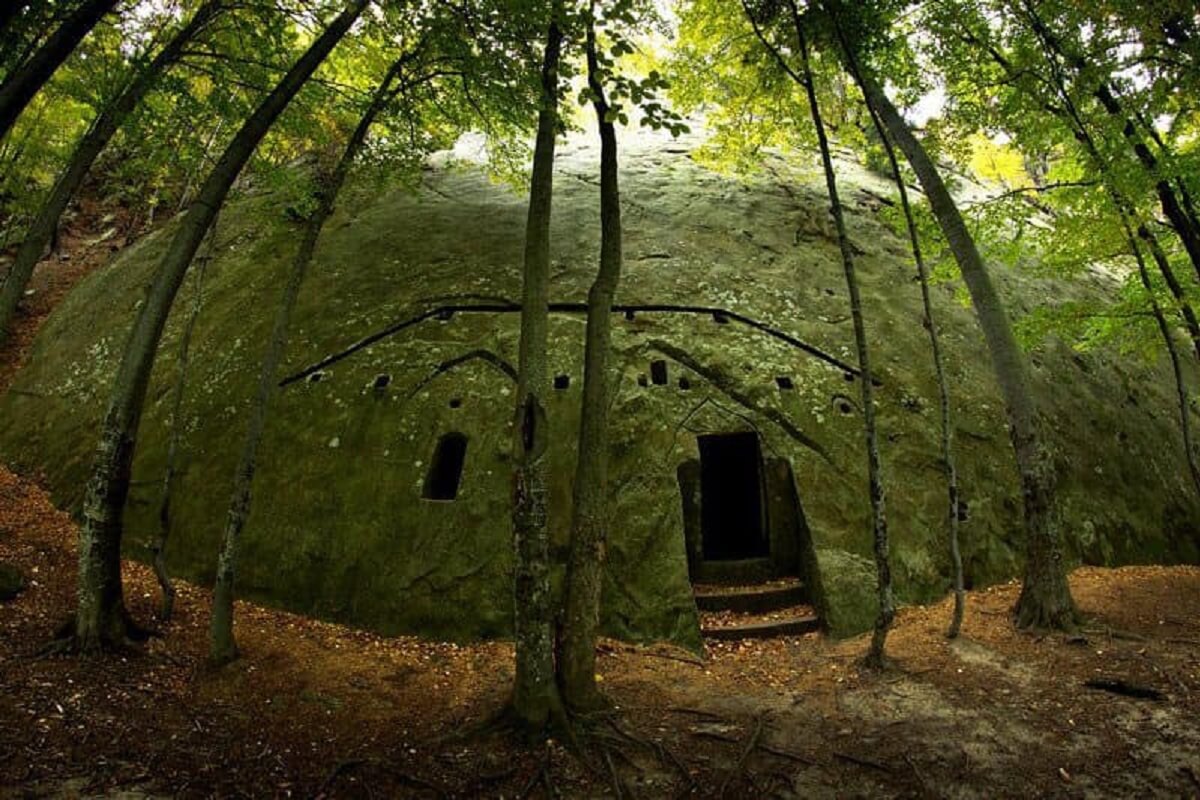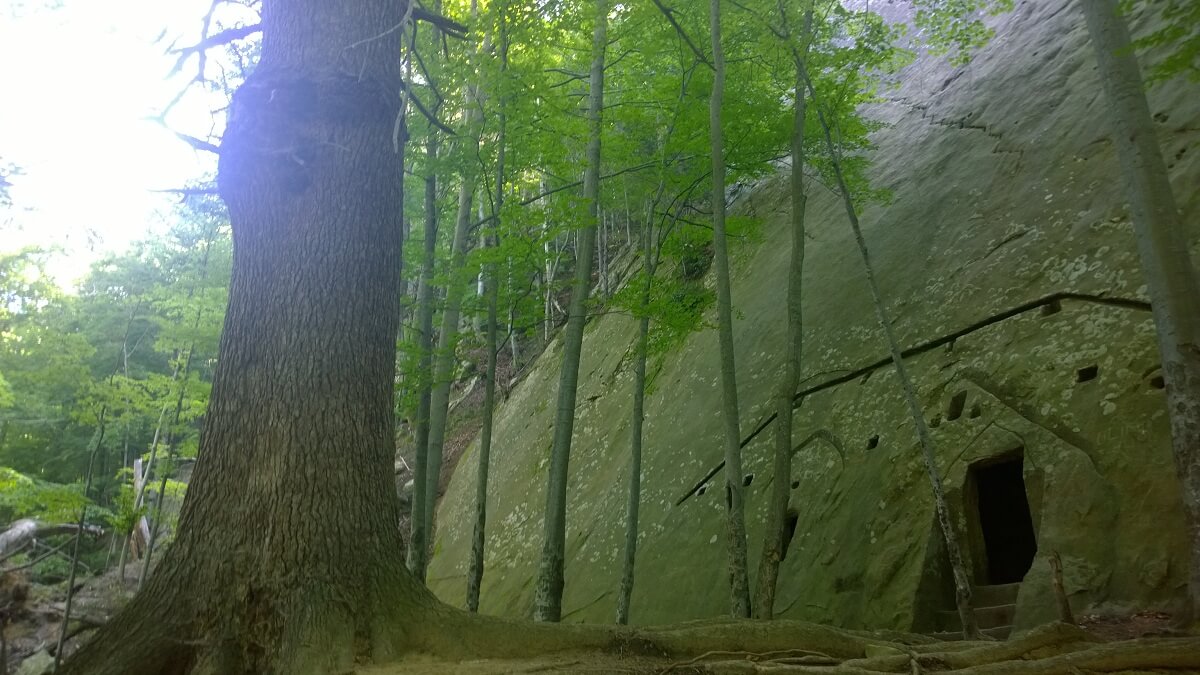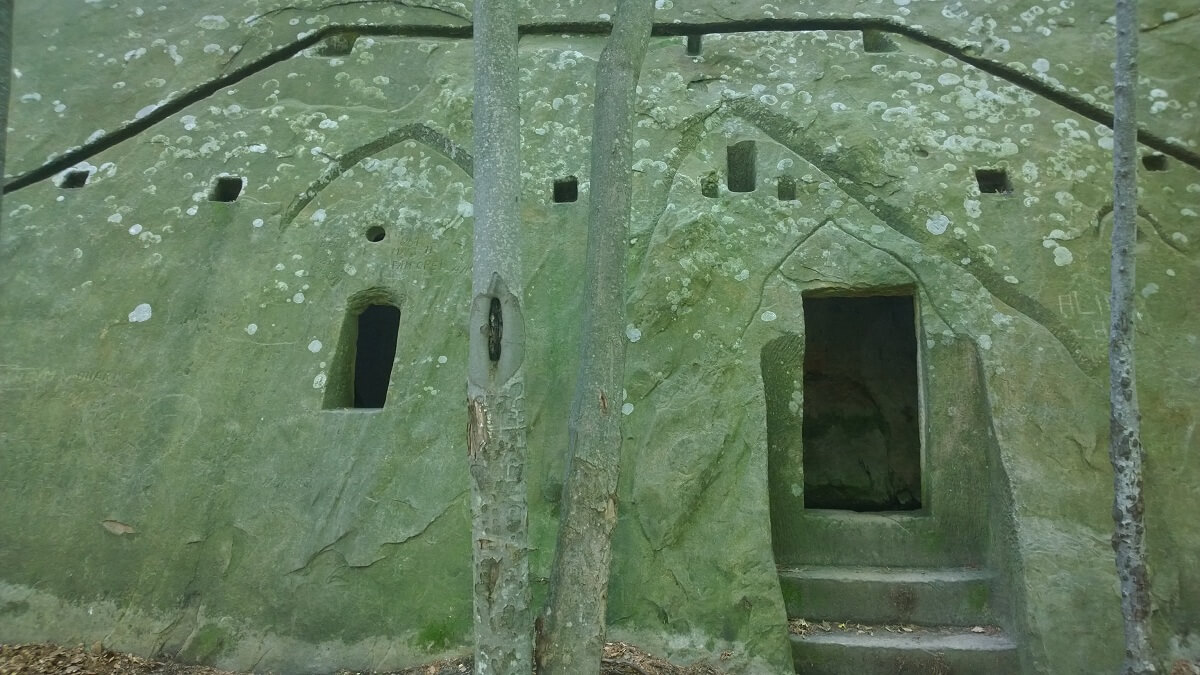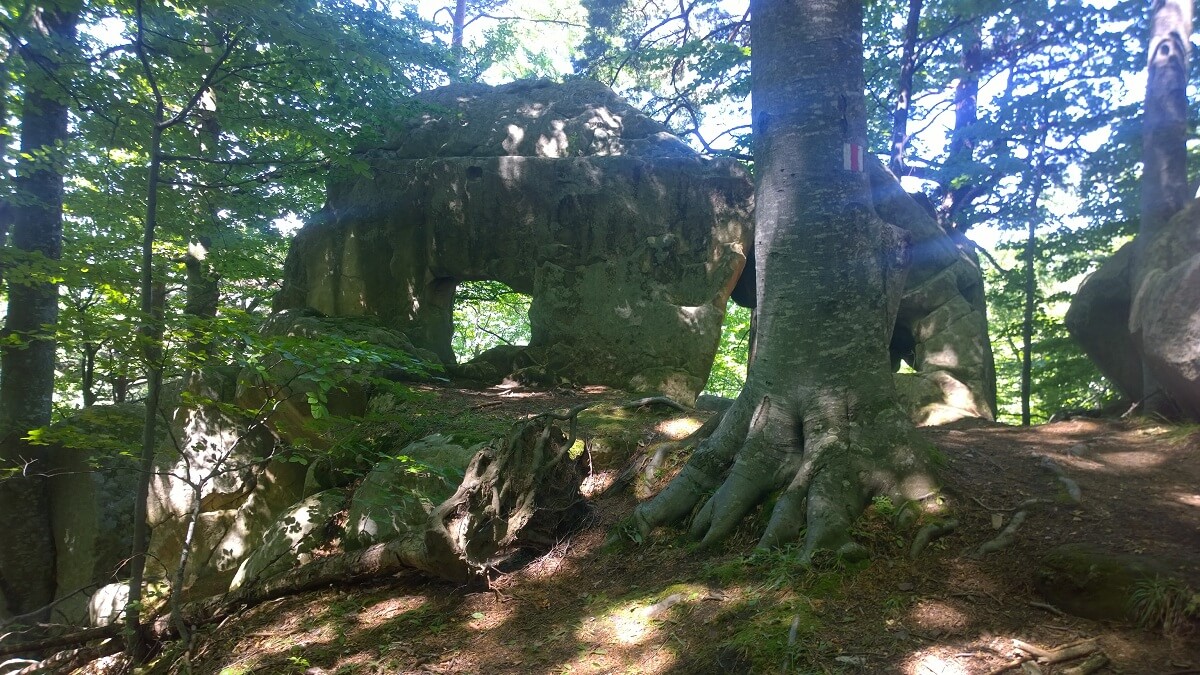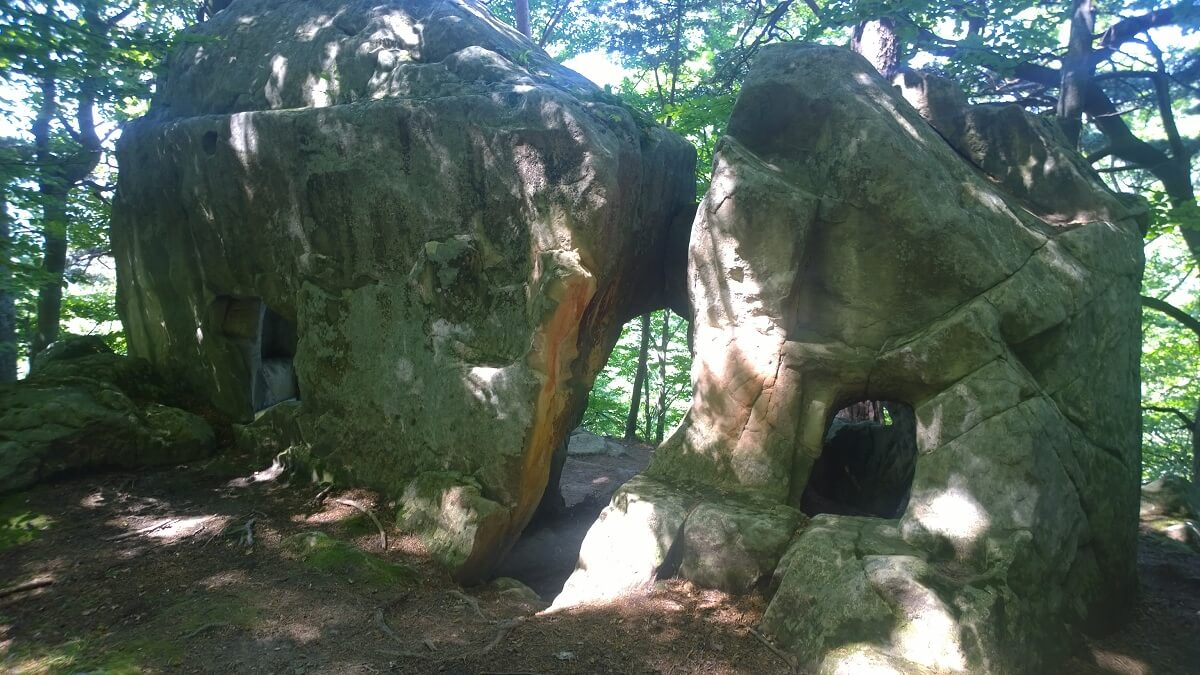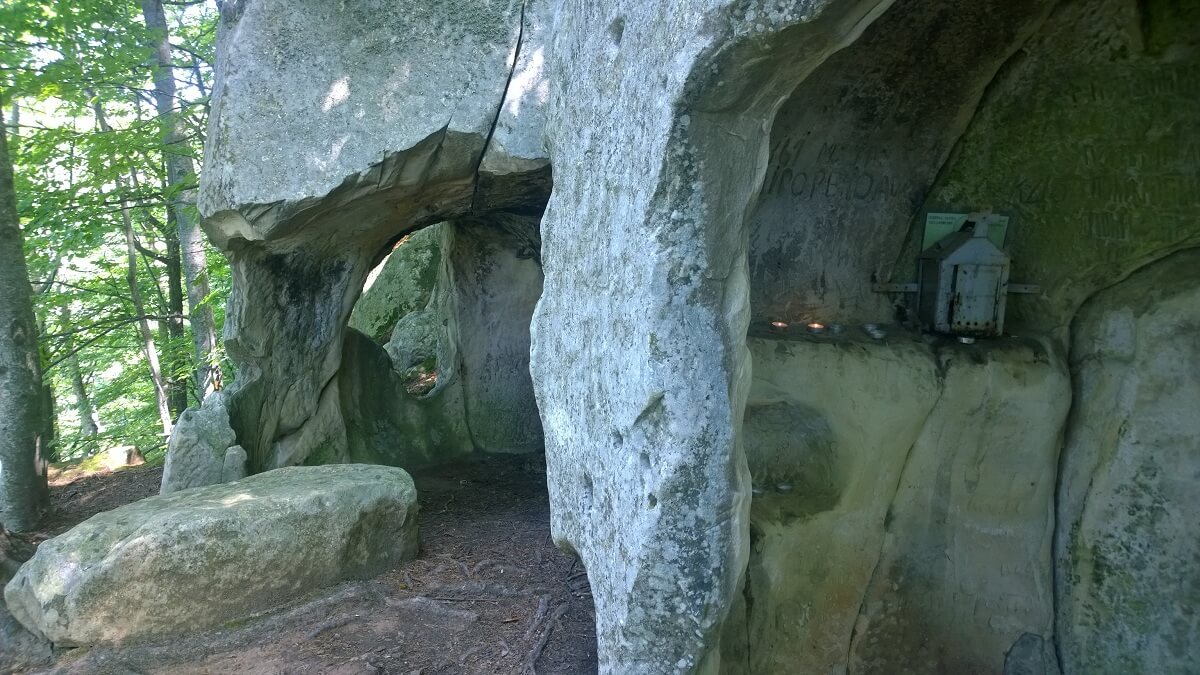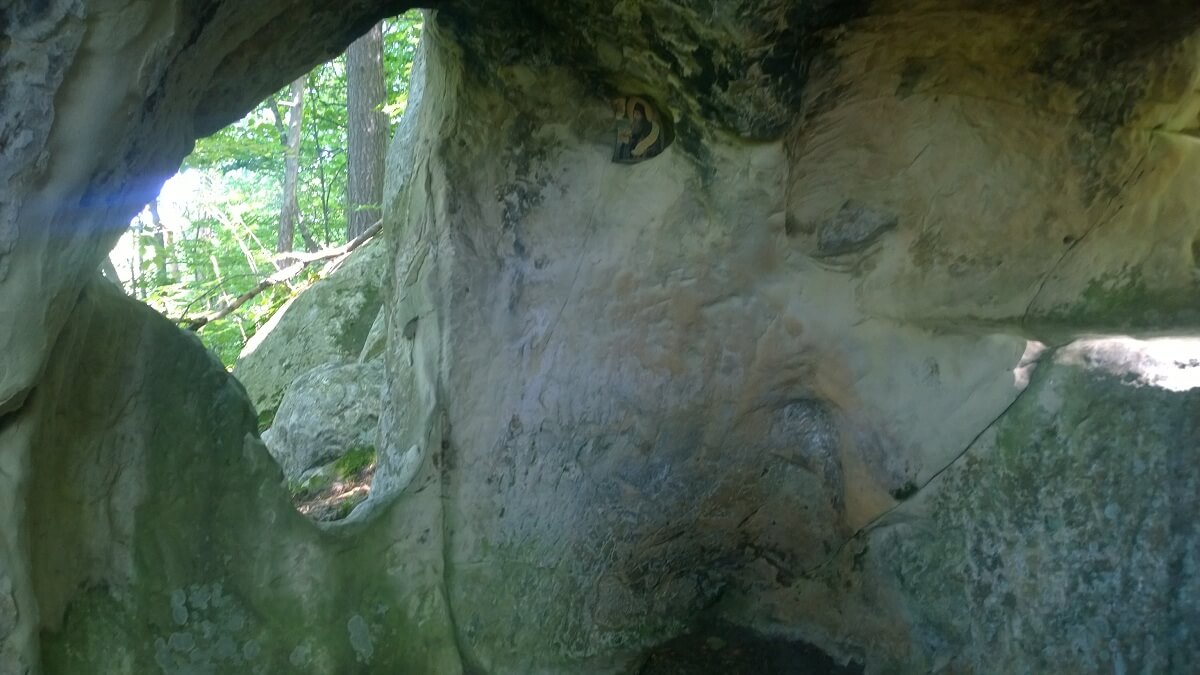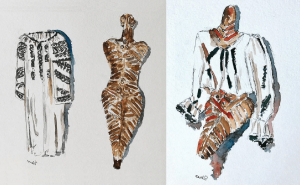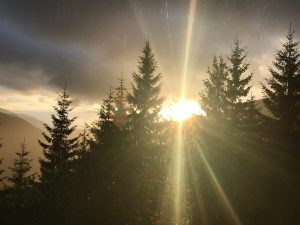the voice 💙💛❤️
of the Elders 🇷🇴
Louis de La Vallée-Poussin (Histoire du monde. Indo-européens et Indo-iraniens. L’Inde jusque vers 300 av. J.C.): “The inhabitants of northern Lower Danube can be regarded as the places of origin of Indo-European languages, meaning the ancestors of Humanity.” Eugène Pittard (1917, La Roumanie – Valachie, Moldavie, Dobroudja): “The ethnic ancestors of Rumanians climb undoubtedly up to the first ages of humanity, the Rumanian Neolithic civilization representing only a recent chapter of the country’s history.”
the Land of LUANA
One legend about the Land of Luana tells that Luana was a very beautiful girl who descended from the skies on a chariot of fire. On this land she fell for a local and didn’t wish to leave, teaching the locals medicine, writing, reading, curing them of all illnesses. After a while her former lover found her out and, blazing with rage, came determined to destroy the land. Out of love for humankind Luana taught the locals to hide under cliffs, out of reach of the fire thrown by the scorned lover, which would explain the existence of the rupestral dwellings from Bozioru.
I believe this form of the legend contains, in fact, the old GETÆ myth about the creation of mankind and, implicitly, of the gods-descended GETÆ, since they thought of themselves to be descended from Maia, one of the daughters the titan Atlas had with Pleione. But this same legend leads us to the story of the Celestial Shepherd from our lands and Pales from Roman mythology, who at first was a man, then time and man transformed him into a woman, just as it happened in the Curvature Carpathians with Anu and Ana, who built the Folk Descended from Gods or Lu (people, kin) Anu, after the ancient saying!
This theological concept „the people of Anu (An or Ana)” or „The Land of the People of Anu”, was brought forth from the Carpathian area to those places where the hordes of Carpathia migrated in the ancientness of time. With the ancient Egyptians, in the pre-dynastic period (approx. 3.300 – 2.900 B.C.), a portion of the population who created ancient Egypt used the expressions „the people of Anu” as well as „the citadel” or „the halidom” of An, with the latter designating some urban centers that this people founded.
The information was unearthed many years ago, by the French archaeologist Emile Amelineau (1850-1915), who excavated the sites where the first dynasties had their tombs in the South of Egypt. Here, he discovered evidence of the existence of groups of people with an evolved civilization level that predated the establishment of the state, standing out the one mentioned in writings as „the people of Anu” who practiced raising livestock and extensive agriculture along the Nile, living in centers protected by stone walls evolved into veritable cities.
In „Les nouvelles fouilles d’Abydos” 1896-1897, E. Leroux, Paris, 1902, the author mentions the fortresses that these special people had dedicated to Anu: Esna (Anu Tseni), Erment (Anu Menti), Qush, Gebelein (An-ti) and even Heliopolis (which was initially called „Anu”). The cities include, in the writing of their names, the characteristic sign – the three columns of User – which would designate „the Anu people”. But the Geţi pillar written in ancient Egyptian under the form PerAsar-Neb-Djedu, meant „The house of User – the Getu Lord”.
Our ancestors who made the lead plates, wrote down the name of the Redeemer Sarmis as „Son of Man” through three vertical lines (III), the sign appearing for the first time on a pot discovered in Vinča, dated towards the end of the 4th millennium B.C. The same ancient Egyptian writings tell us that the main divinities of ancient Egypt, such as Ptah, User (Osiris), Iaho (Isis), Thoth and Haru (Horus the Elder) were brought over from the old native hearth of the Anu people, therefore from the Land of Anu, Pont, Punt or the Curvature Carpathians wherein are located those rupestral monuments with the name of „An”, „Anu” and „Gog” carved in stone, near the citadel of the Builder or of God, that has on the peak of its roof a cross!
About „the Anu people” the writings also say that they were skilled in working metals and ivory, whereas the oldest places where metals were worked are located on our country’s territory, this being yet another argument that the people of Anu left in the second part of the 4th millennium B.C., arriving in the Nile valley. And further proof that these clever people, which is the cornerstone of pre-dynastic Egypt, leaving from the Carpathian area, is the fact that they knew how to write, and the aforementioned French archaeologist discovered several hundred lead plates in the places where he excavated. Today, nothing is mentioned about this man of great value to European culture, all because he dared to show that the alleged phantasmagoria from the Old and New Covenant he had found to already have been written in the papyri of the old Egyptians, and his findings he placed in Fragments coptes du Nouveau Testament dans le dialecte thébain, Recueil de travaux relatifs à la philologie, V (1884), pg. 105–139 and Fragments de la version thebaine de l’ecriture (Ancien Testament), Recueil de travaux relatifs à la philologie, V (1886), pg. 10.
the Elders 🇷🇴
The inhabitants of Bozioru commune call their territory, but also the one in the surrounding area, as the Land of Luana, and the name can be found in several legends passed on from generation to generation through the voice of the elders, evoking the places of the rupestral complex composed of Joseph’s chapel, the Sanctum of Dionisie the Spinster, Agatonul Mic, Agatonul Mare and Fundul Peşterii (Cave’s bottom).
Legends say that in times uncreated this wonderful land was ruled by old Luana (lu: man, strong, to live, kin + Ana: Celestial Father) wiser and older than time itself, who ruled as a watchful father over a strong citadel built in the peak of the mountain and with walls supporting the sky. And the citadel was watched, day and night, by a radiant sun that also defended it from evil or harm.
But the name of this old man whose place of rule was in the Carpathians we can also find in the mythical history of the Emesh, being borne by the lugal (civil leader) En-Men-Lu- Ana of Bad-Tabira who ruled for 12 sars (43.200 years) and En-Men-Ana, whose reign is of unknown length. The Emesh left from the Carpathians or Land of the Gods in two waves: the first, in the middle of the 5th century B.C., and the second a thousand years later. They called themselves sang-gi, which meant Folk Descended from Gods, just as Ovid called the stately GETÆ, and the lands between the Tigris and the Euphrates, that they inhabited, they called Ki-en-gi (ki: land, dwelling + en: prophet, ancestor + gi: noble, chosen), therefore the Holy Country.
The land of Luana from our legends means The Land Blessed by the Celestial Father or The Holy Country, or The Land of the Gods, as depicted on the lead plates the expression Dio Geta or Dio Gitii with the same religious meaning.
| 🇷🇴 reBranding ROMANIA 🇷🇴 CSR project by B2B Strategy ™ |
